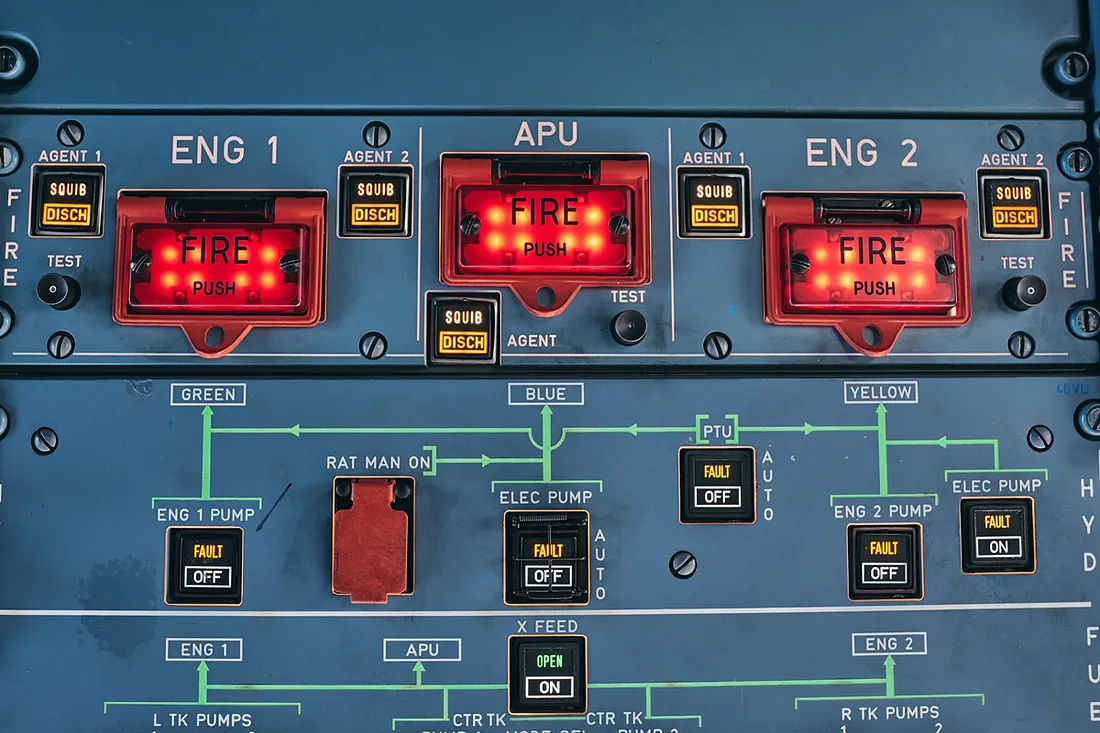Responding to Airborne Emergencies

If you have an emergency while driving your car, you can pull over to the side of the road. But what happens if a problem occurs in an aircraft at 38,000 feet? Flight crews, air traffic controllers, and aircraft designers all work together to ensure any airborne emergency is handled safely and effectively.
Pilots are first alerted to malfunctions through information screens, audio notifications, and/or lights. At this point, the hours of rigorous training kick in as they follow checklists and use their experience to determine the best course of action.
During an emergency, FAA air traffic controllers prioritize the pilots’ requests and work to ensure the safest and most direct route to an airport. And it’s not just navigation guidance controllers can provide. In 2022, an air traffic controller helped a passenger on a Cessna 208 with no flying experience safely land after the pilot became incapacitated.
Airliners themselves are designed to withstand almost any emergency with multiple redundancies, emergency equipment and fire extinguishers. But what about medical emergencies? The FAA requires large passenger aircraft to be equipped with an automatic defibrillator and an emergency medical kit with supplies for everything from an allergic reaction to heart attack medication.

How does this all work together to ensure your safety? Consider a loss of aircraft pressurization. Pressurized air is normally supplied to the aircraft from the engines. If one engine supply were to fail, the other engine could maintain an adequate supply. In the event both engine air supplies failed, the Auxiliary Power Unit (APU) could provide pressurized air. If all air supply systems fail and pressurization is lost, pilots would receive alerts, put on their oxygen masks, and begin an emergency descent. Air traffic controllers would clear the airspace below to allow the affected aircraft to descend quickly and safely to a lower altitude. In the passenger cabin, oxygen masks would automatically deploy and flight attendants, using portable oxygen masks, would ensure passengers were properly wearing their masks and provide additional life-saving aid.
Once the aircraft is safely on the ground following an emergency, it will stay there until the mechanical issue is resolved and an FAA-certificated mechanic signs off. The operator shares information about the mechanical issue with the FAA and other operators through the FAA’s Service Difficulty Reporting process. This ensures that critical safety information that could affect similar aircraft is shared in a timely manner.
While airborne emergencies are rare, the aviation system is designed to safely address them and prevent a recurrence. Your pilot may not be able to “pull off to the side of the road,” but they have years of training, experience, and additional support to ensure they are prepared to deal with any circumstance.
